“MT6335WP Orignal IC Power IC For Moblie Phone” has been added to your cart. View cart


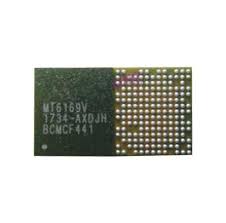
MT6169V Orignal IC Power IC For Moblie Phone
₹200 Original price was: ₹200.₹109Current price is: ₹109.
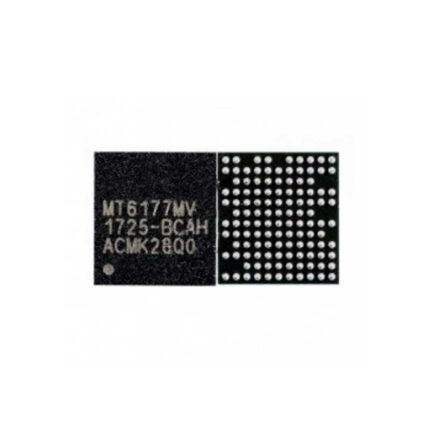
MT6177MV Orignal IC Power IC For Moblie Phone
₹500 Original price was: ₹500.₹249Current price is: ₹249.
MT6179V Orignal IC Power IC For Moblie Phone
₹299 Original price was: ₹299.₹199Current price is: ₹199.
Material – Plastic
Add ₹651 to cart and get free shipping!
Estimated delivery dates: Thursday 5. June – Saturday 7. June
Category: Mobile IC MT series
Description
The MT6179V doesn’t appear to be a widely recognized or documented power management IC (PMIC) model. It’s possible that it might be a custom or proprietary component developed by a specific manufacturer or for a particular device.
However, assuming it follows the conventions of PMICs commonly used in mobile phones, here’s a general description of the features and functionality you might expect:
- Power Management: The MT6179V would likely serve as a central hub for managing power distribution within a mobile device. This includes regulating voltage levels supplied to various components like the CPU, GPU, display, memory, and wireless communication modules.
- Efficiency Optimization: Like other PMICs, it would focus on maximizing power efficiency to extend battery life. This could involve techniques such as voltage regulation, power gating, and dynamic voltage and frequency scaling (DVFS).
- Multiple Output Channels: It might include multiple output channels to provide different voltage levels needed by various components in the device. These channels could support fixed and adjustable voltage outputs.
- Protection Features: The MT6179V might integrate protection mechanisms against overvoltage, undervoltage, overcurrent, and overheating conditions. These features help safeguard the IC and ensure device safety.
- Charging Control: Depending on its design, it could incorporate charging control circuitry to manage the battery charging process, supporting various charging protocols while ensuring safe and efficient charging.
- Compact Design: Designed to fit within the limited space of mobile devices, the MT6179V would likely be compact and lightweight.
- Compatibility and Integration: It should work seamlessly with other components in the device, including the application processor, modem, sensors, display drivers, and audio codecs.
- Temperature Monitoring: Some PMICs include temperature monitoring features to ensure they operate within safe temperature ranges.
If you need specific information about the MT6179V, it’s best to consult the datasheets or documentation provided by the manufacturer or reach out to them directly for more detailed information.
Shipping & Delivery
Rated 0 out of 5
0 reviews
Rated 5 out of 5
0
Rated 4 out of 5
0
Rated 3 out of 5
0
Rated 2 out of 5
0
Rated 1 out of 5
0
Be the first to review “MT6179V Orignal IC Power IC For Moblie Phone” Cancel reply
Related products
MT6169V Orignal IC Power IC For Moblie Phone
Rated 0 out of 5
MT6190W Orignal IC Power IC For Moblie Phone Copy
Rated 0 out of 5
MT6211P Orignal IC Power IC For Moblie Phone
Rated 0 out of 5
MT6260MV Orignal IC Power IC For Moblie Phone
Rated 0 out of 5
MT6261MA Orignal IC Power IC For Moblie Phone
Rated 0 out of 5
MT6322GA Orignal IC Power IC For Moblie Phone
Rated 0 out of 5
MT6325V Orignal IC Power IC For Moblie Phone
Rated 0 out of 5
MT6357V Orignal IC Power IC For Moblie Phone
Rated 0 out of 5






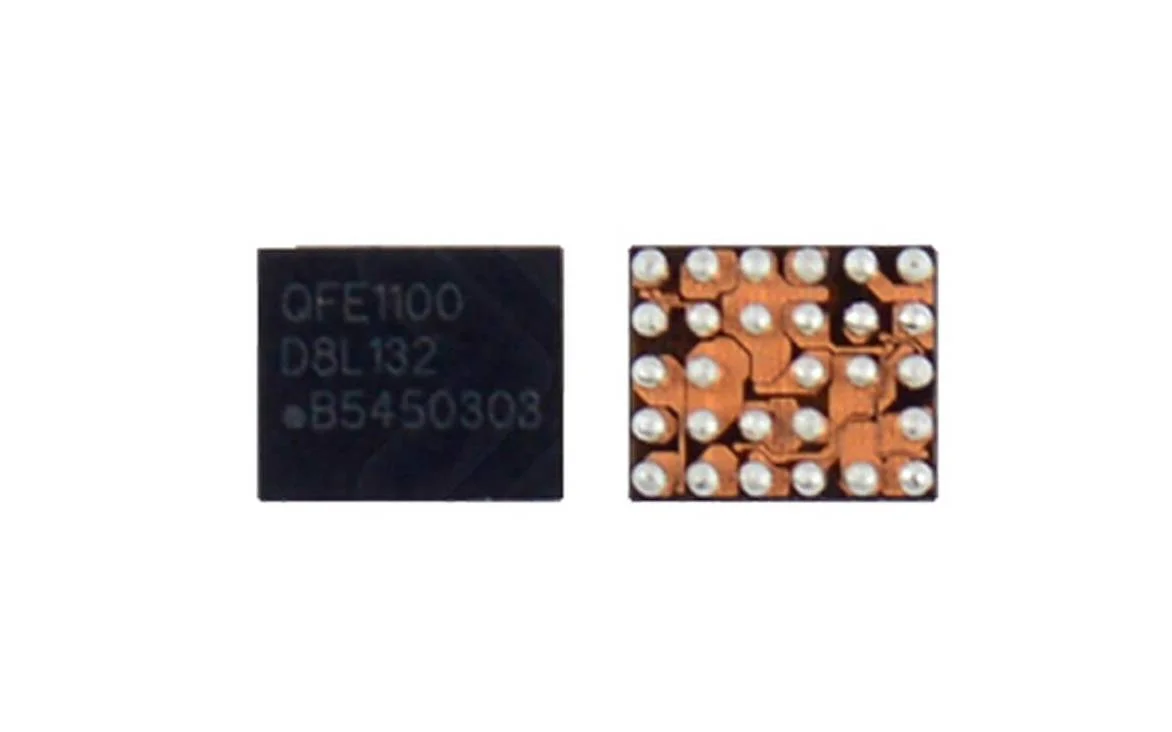
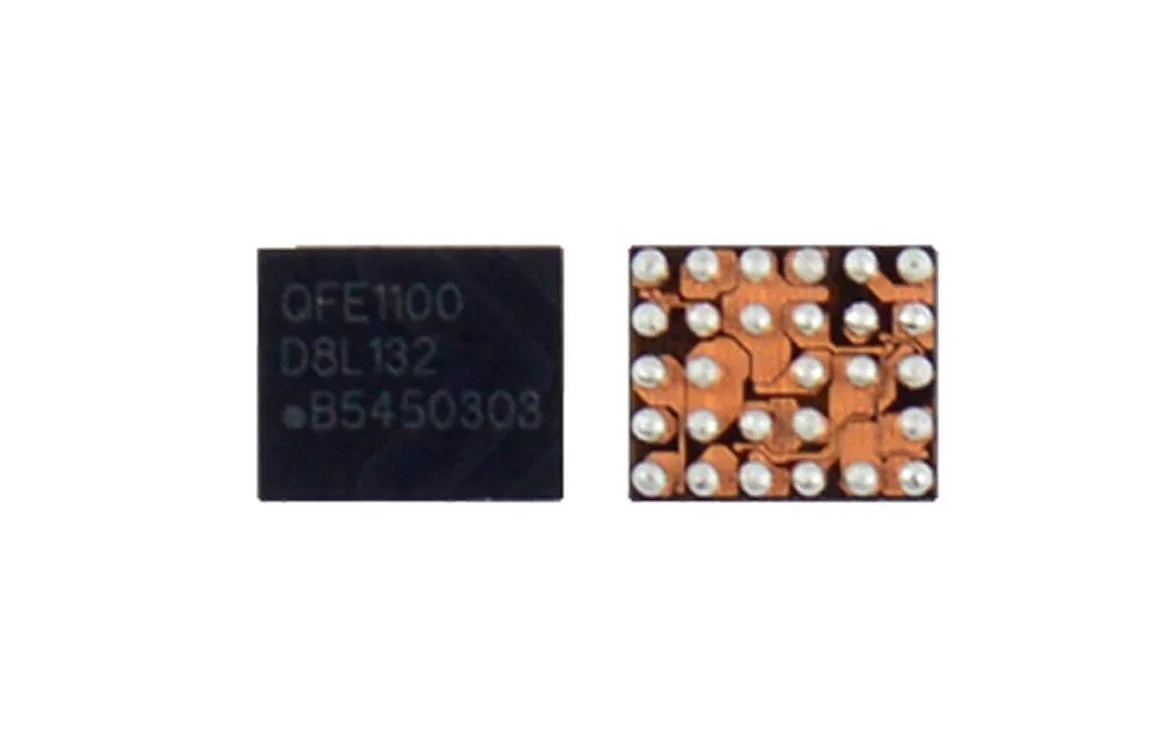

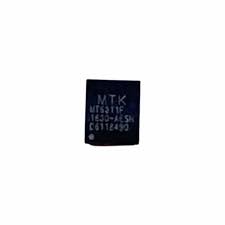
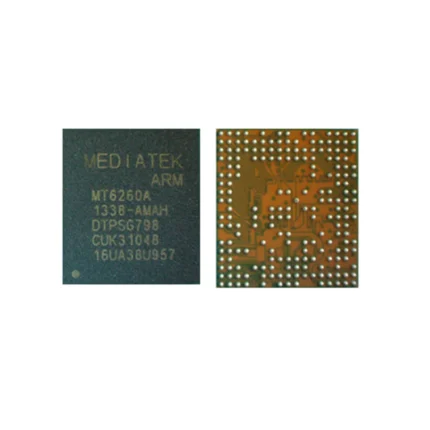
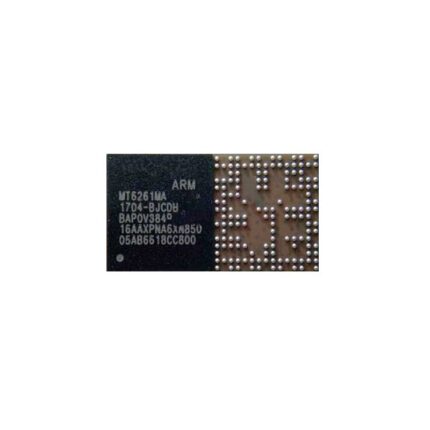
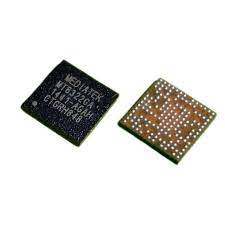
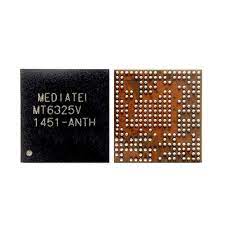
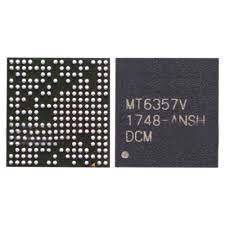





















Reviews
Clear filtersThere are no reviews yet.